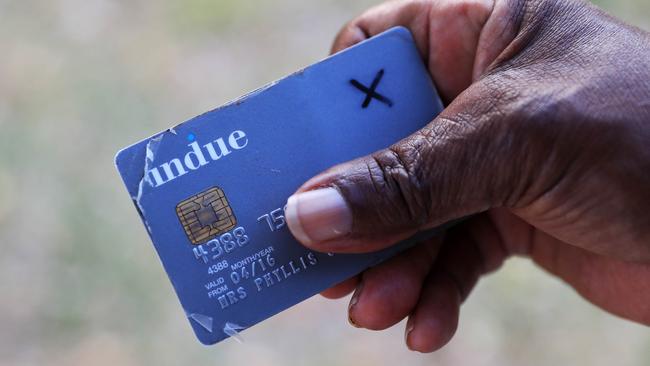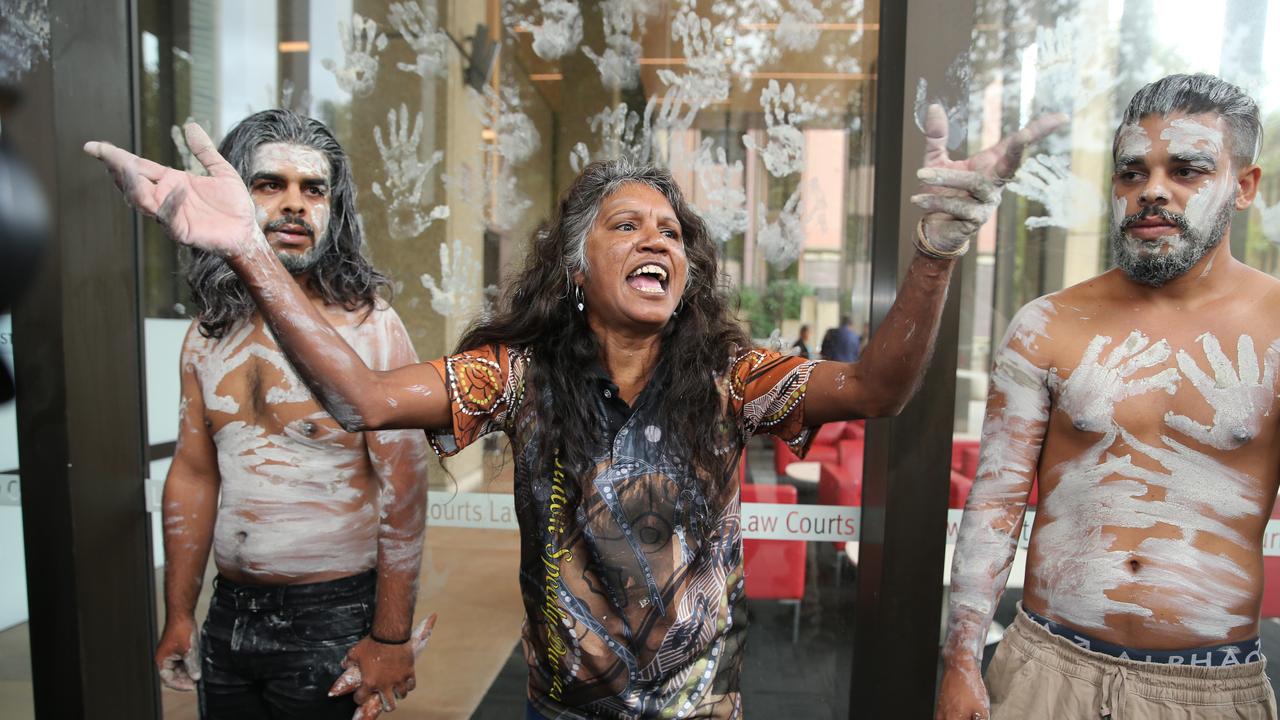Coalition punts $129m on cashless welfare card boost
The Morrison government will go to the federal election promising to put 22,500 more Australians on the cashless debit card.

The Morrison government will go to the federal election promising to put 22,500 more Australians on the cashless debit card that quarantines 80 per cent of their welfare payments.
Every person currently under income management in the Northern Territory would switch to the cashless card, ending a collaborative program of income management that allowed welfare recipients to decide what portion of their Centrelink payments should be set aside and for what bills.
The Coalition’s $129 million plan includes Cape York, where Family Responsibility commissioners would continue to make the decisions about which residents needed help to keep their children safe or send them to school. But Cape York residents who are currently on a “basics card” that quarantines between 60 and 90 per cent of their welfare payments for bills would switch to the cashless card, which cannot be withdrawn as cash and does not work at pubs, bottleshops or gambling establishments.
Social Services Minister Paul Fletcher will today announce that if re-elected, the Coalition would extend the trial that currently restricts what welfare recipients can buy in four sites across Australia to June 2021.
The trial is not voluntary and began in March 2016 when about 900 people — 74 per cent of whom are indigenous — had 80 per cent of their welfare payments paid onto a cashless debit card. The remaining 20 per cent is paid into the welfare recipients’ bank account and can be withdrawn as cash.
In April 2016 in the East Kimberley in Western Australia’s north, the trial was rolled out to 1400 people, 81 per cent of whom are indigenous. Last year in WA’s Goldfields region, a further 3200 people were put on the cashless card, 45 per cent of whom identify as indigenous.
And in January, the cashless card was expanded to its biggest trial area yet, in Bundaberg and Hervey Bay, where approximately 6000 people — 14 per cent of whom are indigenous — are expected to be put on the cashless card.
The cashless card can now be used for BPay and at almost a million stores and online retailers but there have been problems, including that card users have been unable to buy meals at pubs or non-alcoholic drinks at a bottleshop. But the department believes it is close to introducing “individual product blocking” that would change this.
Mr Fletcher said efficiencies of scale have also meant savings for the taxpayer.
“It is expected that the operational cost of the card in Bundaberg/Hervey Bay will be less than $820 per person,” he said.
The Australian understands Mr Fletcher believes the cashless debit card is cheaper than income management.
“The cashless debit card offers a more streamlined approach to welfare quarantining and benefits to taxpayers, with operational costs of well under $1000 per head in the most recent expansion site,” Mr Fletcher said.



